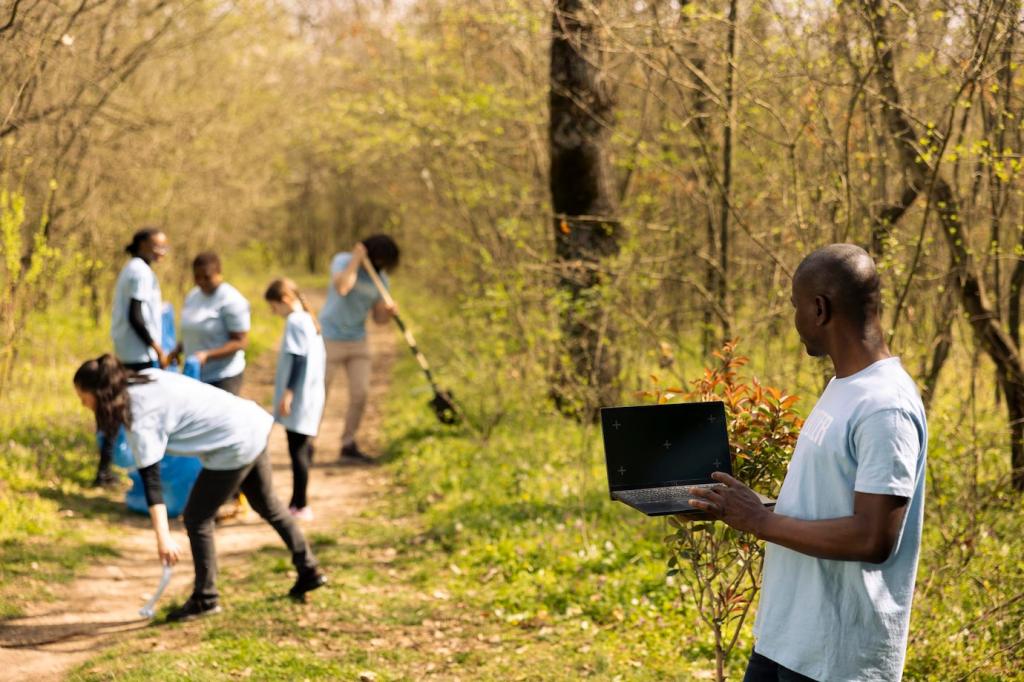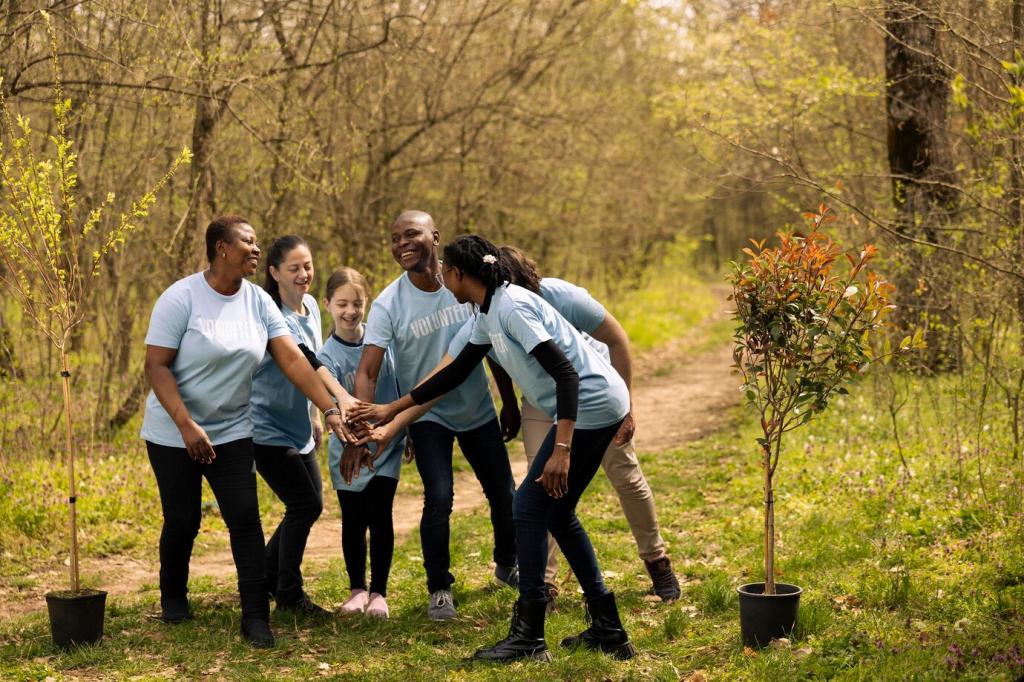Chosen theme: Biodiversity Conservation in Eco-Villages. Step into a thriving mosaic of habitats where people, plants, and wildlife co-create resilient places to live. Explore proven practices, heartfelt stories, and practical ways you can help—then subscribe to follow our journey.
From pollination to pest control, biodiversity quietly powers daily life in eco‑villages. When hedgerows buzz, vegetables thrive, and songbirds return, residents literally taste resilience. Tell us which seasonal signs you notice first each year.
Why Biodiversity Matters in Eco‑Villages


Designing Habitats: From Wild Edges to Food Forests
Plant native hedgerows along paths and field edges to create nectar corridors, nesting sites, and windbreaks. Leave brush piles and snag trees where safe. Post photos of your favorite edge plants in the comments.
Designing Habitats: From Wild Edges to Food Forests
Food forests mimic natural woodland layers—canopy, understory, shrubs, herbs, and groundcovers—supporting beneficial insects and year‑round forage. What guilds work best for you? Tell us your winning species combinations and surprising symbioses.



Native Plants, Seed Stewardship, and Living Libraries
Propagate local ecotypes sourced ethically from nearby wild populations. Label provenance, track germination, and swap successes. Which cold stratification tricks work for you? Leave advice to help new seed stewards.

Wildlife Corridors and Coexistence
Mapping movement through the landscape
Identify hedgerows, creek lines, and forest patches that animals already use. Link them with native plantings and low‑fence crossings. Post your corridor sketch and ask the community for feedback.
Lighting and quiet hours for nocturnal life
Use warm, shielded lights and timed dimming to protect moths, bats, and migrating birds. Establish quiet hours near wetlands. What lighting changes reduced disturbance where you live? Share specs and suppliers.
Humane conflict resolution
Protect gardens with living fences, scent deterrents, and careful compost management. Train guardian plants—prickly natives—to discourage trampling. Comment with success stories that kept wildlife safe and harvests abundant.
Soil as a Biodiversity Engine
Diverse compost and woody mulches nurture fungi that connect roots and share nutrients. Inoculate tree plantings with local mycorrhizae. Tell us your favorite compost recipe and how it changed your garden’s resilience.
Stories from the Field: Small Wins, Big Lessons
On a blustery ridge, residents planted a mixed native hedgerow. Within two seasons, wind damage dropped, birds nested, and aphid outbreaks vanished. Have a similar story? Share your before‑and‑after impressions.
Stories from the Field: Small Wins, Big Lessons
A hand‑dug pond filled with rain invited damselflies, frogs, and swallows by midsummer. Mosquito complaints faded. What surprised you most after adding water features? Comment so others can learn faster.
Stories from the Field: Small Wins, Big Lessons
Replacing a lawn with native meadow species tripled bee diversity in one season. Children learned plant names while counting butterflies. Planning your first meadow patch? Ask questions and we’ll crowdsource practical advice.
